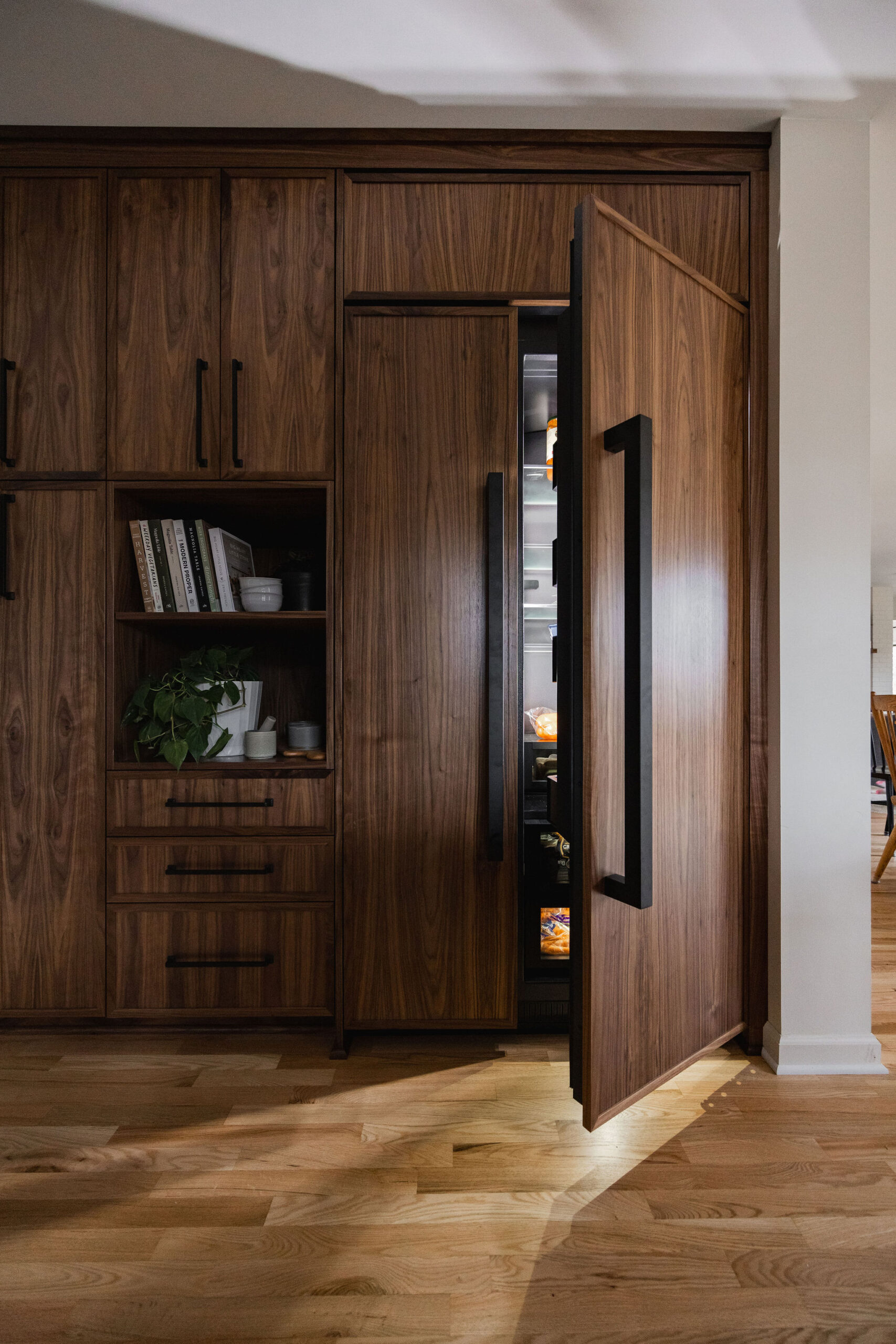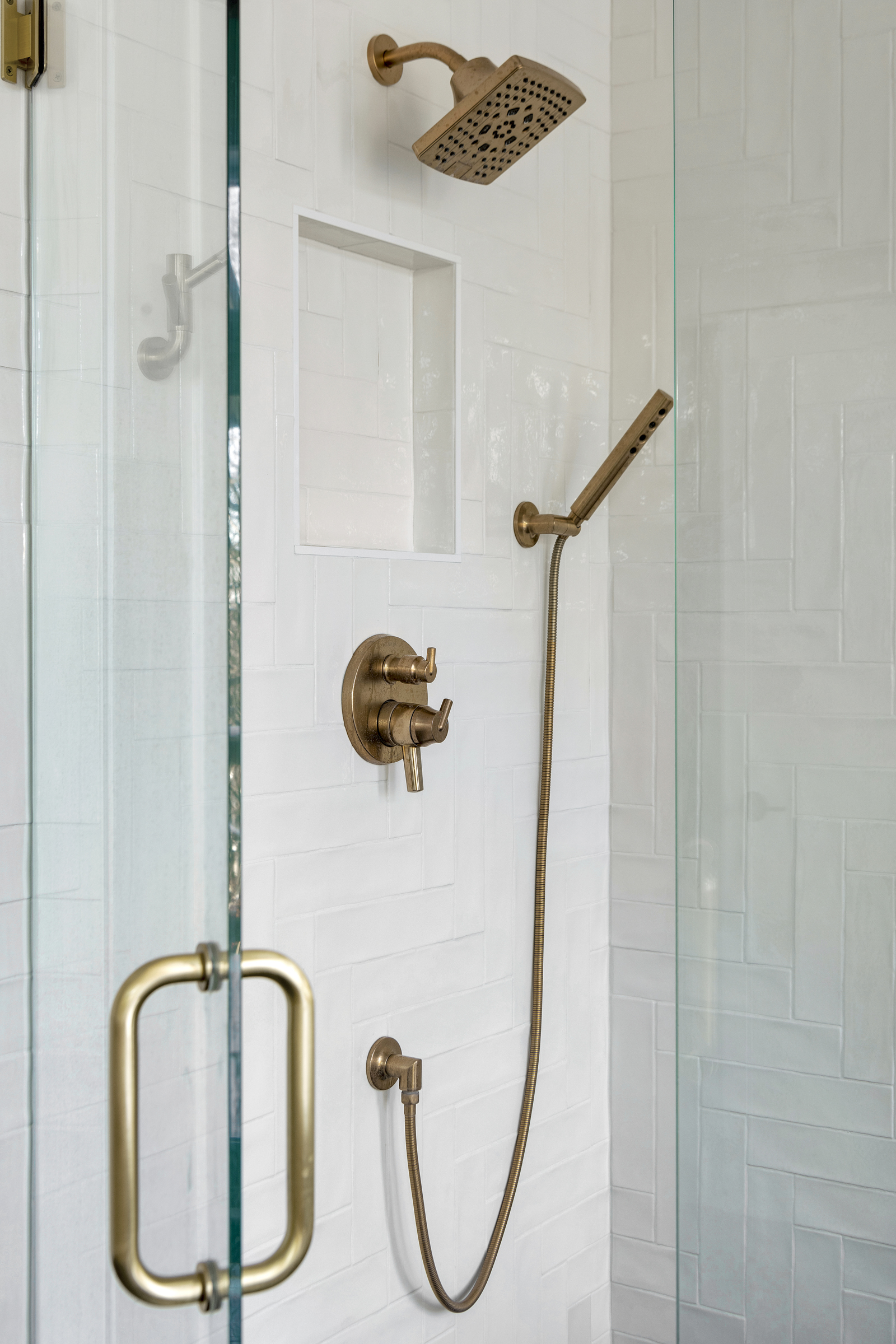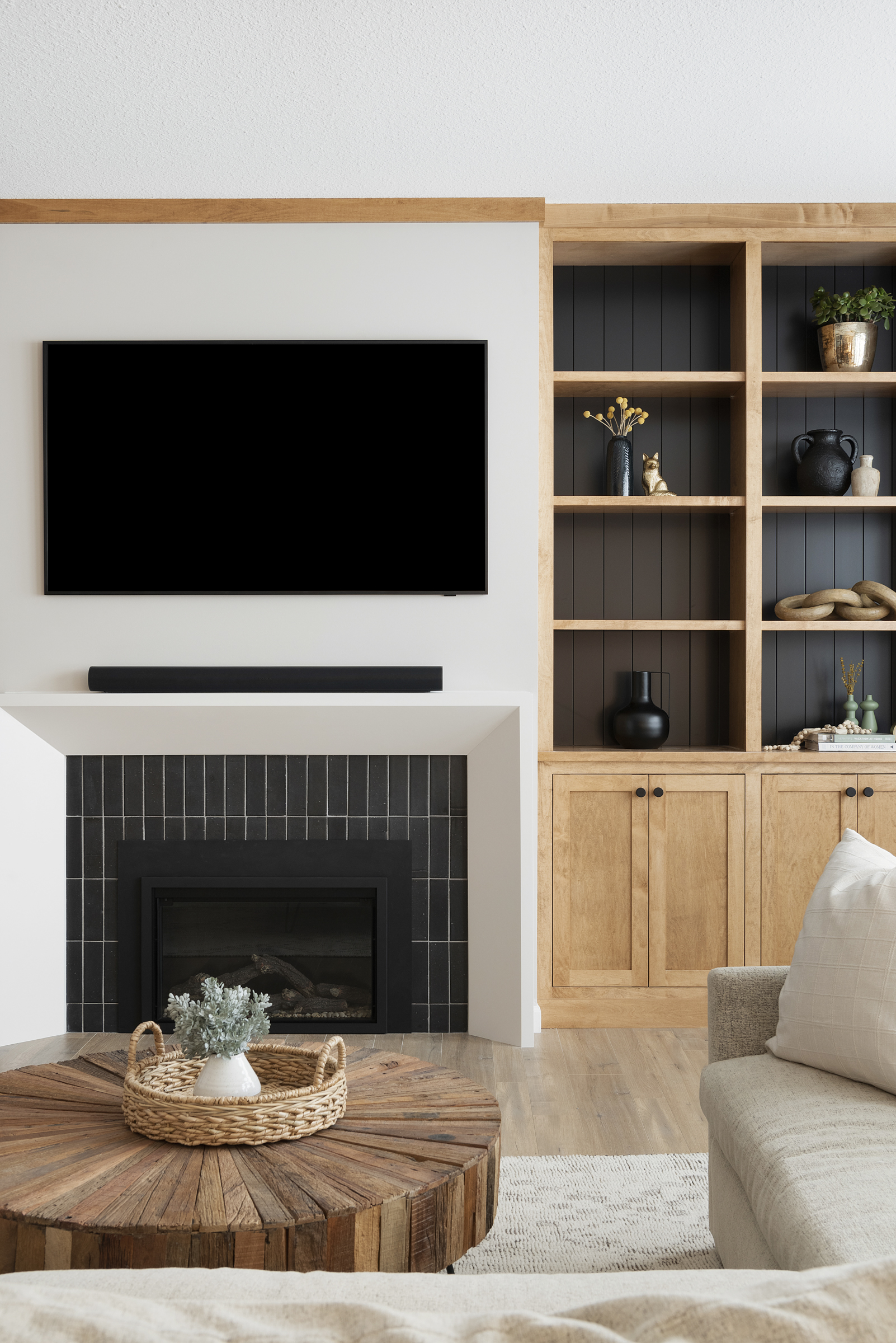
Have you ever wondered what would happen if a daring designer ventured to merge styles that have roots on opposite sides of the globe? If you have, you’ll be glad to hear that you can now see the stylistic crossbreed in action and even use it as a source of inspiration when remodeling your home now that Japandi’s here. The outcome of a head-on collision between Nordic love for all things simple and natural and Japanese affinity for contrasts and beauty of the imperfect, Japandi is the new kid on the interior design block that went pop worldwide almost overnight. But what’s so magnetically appealing about this style that helped it win a spot in both designers’ and homeowners’ hearts so fast, and how can you spice up your own nest with a dose of Japandi charm?

Source: thelifecreativeblog.com
No Frills, Just Function: Minimalism at its Finest
One of the main features common to both Japanese and Scandinavian design is the no-nonsense attitude to décor, so it’s only natural that minimalism, an absence of clutter, and sleek lines constitute the backbone of Japandi.

Source: thelifecreativeblog.com
To achieve the Japandi ambiance at home, you should focus on function rather than trimmings. A light monochromatic wall paint and décor stripped of ornaments may seem a tad cold at first glance, but the pared-down setting will make the perfect starting point for a Japandi-esque living area.
A Touch of Drama, Please: Contrasts for Interest

Source: domain.com.au
Nordic designers aren’t big fans of dramatic contrast, but their Japanese colleagues are, which is why an odd striking color or textural combination won’t go amiss in a Japandi inspired home. To stay on the safe side of the design bill, try spicing up a neutral backdrop with a statement piece of furniture in a dark tone such as mahogany or black. If used with respect for color coordination principles, dark accents will help bring out the finest features of a pastel backdrop and dial up the visual interest of a Japandi nest.
A Green Touch: Best Plants for Japandi Quarters
Another design element found in Nordic and Japanese décor, most houseplants fare well against the Japandi backdrop.

source: dailytelegraph.com.au
In the hybrid style, foliage often doubles as a decorative accent or room centerpiece, but you should avoid tiny succulents and multicolored plants and opt for simple yet effective greenery instead. For a generous dose of peerless Japandi aesthetics, put a tall plant in an oversized pastel-colored ceramic pot and place it in front of a vacant wall to define the focal point in the room.
Mother Nature at Home: Wood-Wrapped Décor
Japanese and Scandinavian designers both worship natural materials, so it would be a smart and stylish move to add a few solid wood pieces to your nest if you want to achieve the Japandi look.

Source: dailytelegraph.com.au
Whitewashed and dark matte timber will look best in Japandi interiors, but natural wood free of paint treatments will come across as no less chic, so you can go with your favorite wood tint and still pull off an awe-inspiring effect. To nail the Japandi home look like a pro, pull back the carpet and expose floorboards, or top them up with a coarse jute rug in a neutral tone.
A Rugged World Out There: Organic Fabric Is In

Source: dailytelegraph.com.au
Wood and houseplants aren’t the only design elements borrowed from under Mother Nature’s wing and transplanted into Japandi interiors. Upholstery and home textiles crafted from natural fiber such as cotton, linen, and wool are a common sight in Japandi living areas, together with leather accents and rugs made from coarse fabrics such as rope or jute. For superior aesthetics, you can enrich your Japandi nest with a couple of modernist occasional chairs from Australia, a genuine tatami mat, and an Oriental tapestry, but be sure to pair colors and textures with care to avoid a haphazard décor impression.

Source: domain.com.au
A byword for timeless elegance, raw simplicity, and harmony with the environment, Japandi will stay on trend in the years to come, so if you’re set on renovating your home anytime soon, feel free to steal a few tricks from the hybrid style. You’re welcome!


